Boston Children's Museum
308 Congress Street, Boston, MA 02210
617-426-6500
© Boston Children’s Museum 2025
Website Design by Jackrabbit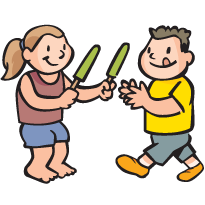
Cooking activities are great for teaching kids how to use measurement tools, giving them a chance to apply math skills like counting, adding, multiplying, etc. In addition, when you give them a chance to design their own recipe, kids have to rely on estimation, problem solving and other science, math and engineering skills. And this activity gives you a chance to talk to them about making healthy choices in what they eat.
VIEW ACTIVITY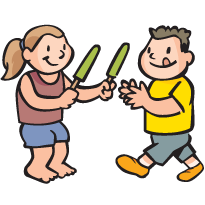
Cooking activities are great for teaching kids how to use measurement tools, giving them a chance to apply math skills like counting, adding, multiplying, etc. In addition, when you give them a chance to design their own recipe, kids have to rely on estimation, problem solving and other science, math and engineering skills.
VIEW ACTIVITY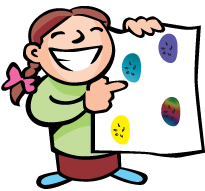
Print making is the process of transferring an impression from 1 object onto the surface of another. In this activity, students will learn that a single object can be used to make infinite images of that object. They will gain a basic understanding of the printing process and will explore the printing possibilities of natural objects, specifically familiar fruits and vegetables. Printing with these items will also help students sharpen their observation skills as the results will accentuate details they may not have noticed before.
VIEW ACTIVITY
Print making is the process of transferring an impression from 1 object onto the surface of another. In this activity, students will learn that a single object can be used to make infinite images of that object. They will gain a basic understanding of the printing process and will explore the printing possibilities of natural and found objects such as leaves, corrugated cardboard, keys, etc. Students will also gain an appreciation for the detail they can reproduce when printing and for the intricate features of everyday objects.
VIEW ACTIVITY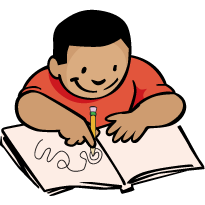
Storytelling encourages creative writing and practice of written language. It also helps children learn how to write clear sentences and paragraphs that develop a central idea, and how to be thoughtful about the audience and purpose of written material. And because this activity requires teamwork, children will have to clearly describe their ideas and work to refine those ideas in order to synthesize their peers’ thoughts with their own in the final product.
VIEW ACTIVITY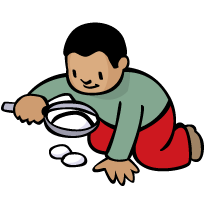
Spring is a time of rebirth and renewal—and eggs! Many animals lay and incubate eggs in the spring, and in some cultures spring is a time in which kids paint, hide and eat lots of eggs. This makes it a great time to not only take a close look at eggs, but also to experiment with some of the things we can do with them. This activity is part of the Incredible Egg series of activities, which are designed to be done during the Spring—start your students off with this and other “egg science” activities, then move on to egg art, and finally take the Egg Drop Challenge!
VIEW ACTIVITY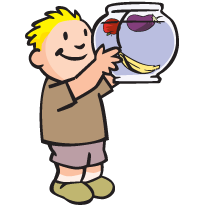
Learning how to make thoughtful predictions and to test those predictions are skills children will need as they learn more and more complex science content. This simple experiment gives them that opportunity while also introducing principles of buoyancy.
VIEW ACTIVITY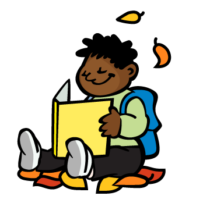
Children will have their own special associations with summer and all that the season brings us. For the Mashpee Wampanoag Tribal Nation in Massachusetts early summer brings warmer weather and the harvesting of some of the first fruits of the year…especially strawberries. Try all of these summer Thanksgiving activities, and you and your students can share in Mashpee Wampanoag traditions and celebrate the strawberry harvest too!
VIEW ACTIVITY
Building mobiles is a great way to teach children about concepts of balance while they also develop all of the process skills used in engineering challenges. By looking at how these mobiles move in the wind, they will also learn about air currents and how different shapes react to moving air.
VIEW ACTIVITY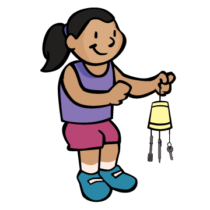
Making homemade wind chimes is a particularly satisfying activity. Not only do they sound great, but while children are constructing them they get a chance to use creative thinking and fine motor skills and to learn about the properties of different materials.
VIEW ACTIVITY